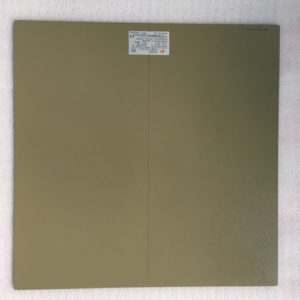Many customers often inquire about the types of wire grids when selecting wire grids. Let’s introduce the classification of wire grids:
By structure:
1. Convergence grid – each lead strip is inclined to the focus, that is, the extension line of the lead strip is concentrated at the focus.
2. Parallel grid – each lead bar is parallel to each other in the vertical plane.
3. Cross grid – composed of two layers of parallel grids, and the directions of the lead bars are 90° to each other.
4. Circular arc grid – formed by superimposing the radius of the center to expand outward, like a tile. Convergence grids are the most widely used.
By motor function:
1. Fixed grid – the position of the grid is fixed.
2. Vibration grids – grids with low grid density (28L/cm) can only be used as active grids, mostly used in power frequency
on the X-ray machine.
According to the material of the grid:
1. Commonly used wire grids – the internal spacers are made of non-metallic materials, such as wood chips, paper chips, plastics and other non-metallic low-density
degree material.
2. All-metal wire grid – its internal spacer is metal material: aluminum sheet. It has high strength and good moisture resistance.
By filling material:
Aluminium-based – less radiation absorption and cost-effective
Paper-based – susceptible to moisture and is now rarely used
Carbon-based – The production process is more troublesome and the cost is high, but the radiation transmittance is good and the imaging quality is good.

Author:X Ray Grids Maker
Tel: +86 18953679166
Email: service@newheek.com
Company: Weifang Newheek Electronic Tech Co., Ltd.
Address: E Building of Future Star Scientific Innovation Industrial Zone of No.957 Wolong East Street, Yulong Community, Xincheng Sub-District Office, Weifang Hi-tech Zone, Shandong Province, China